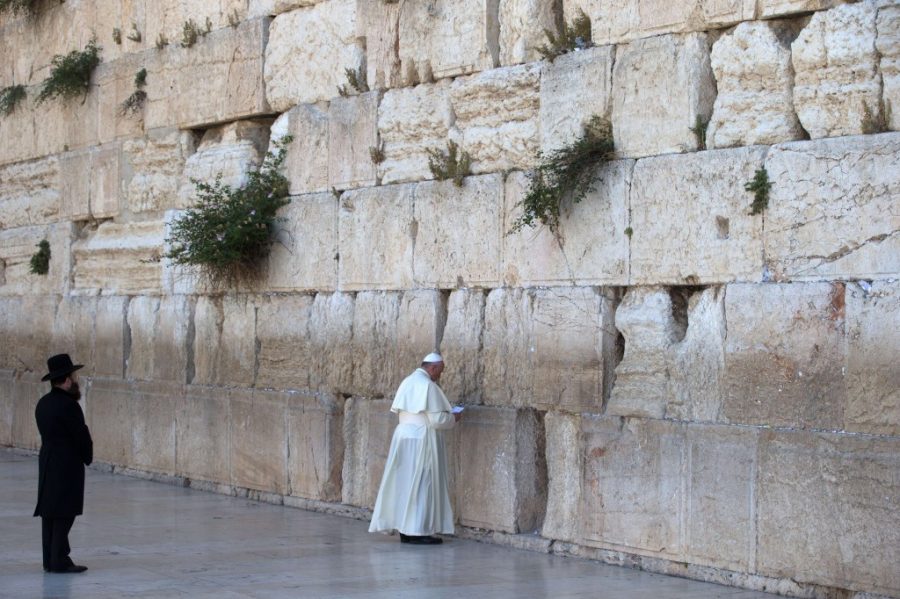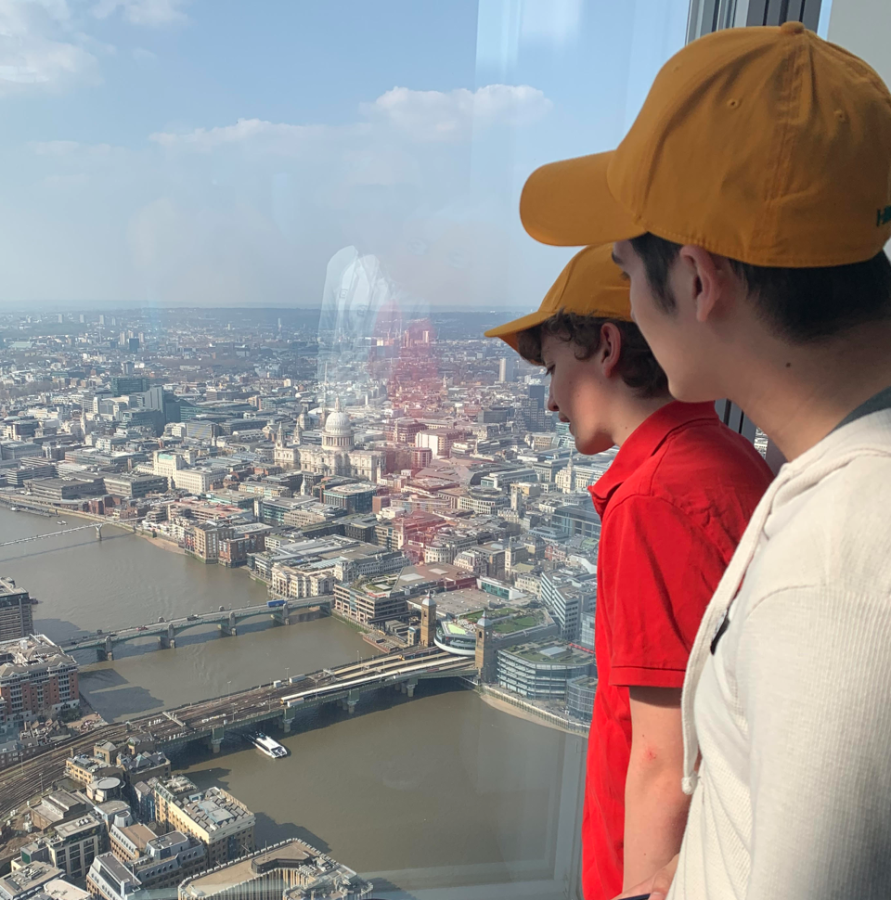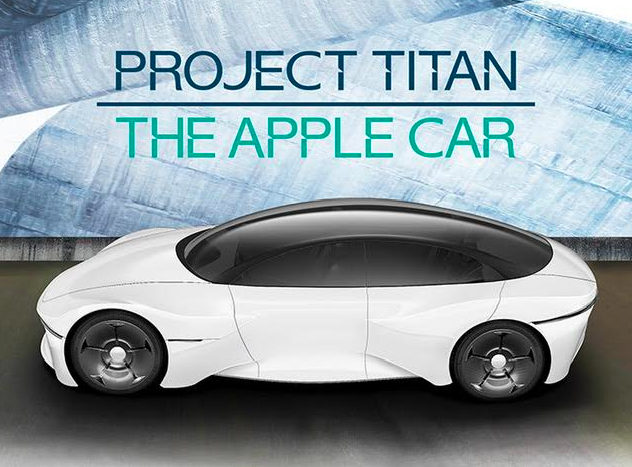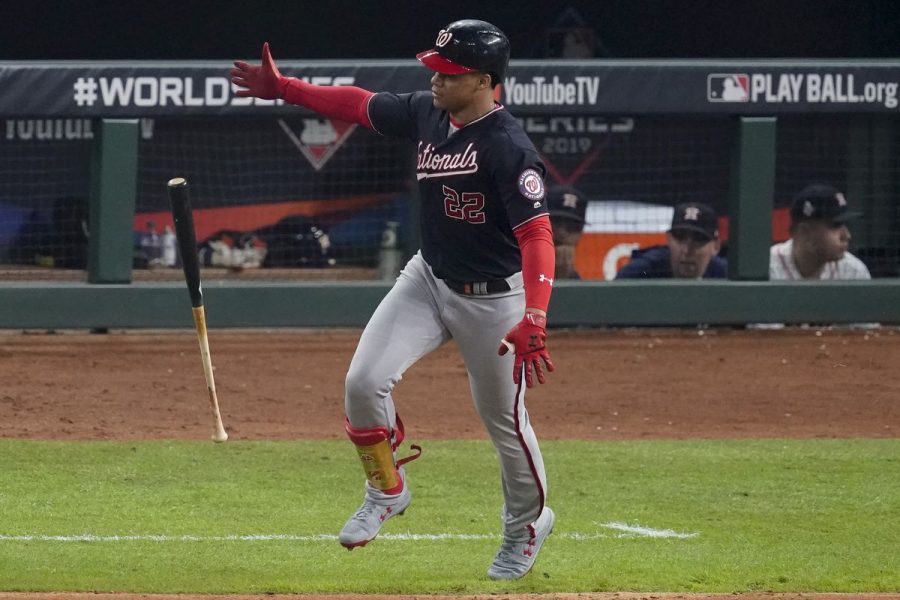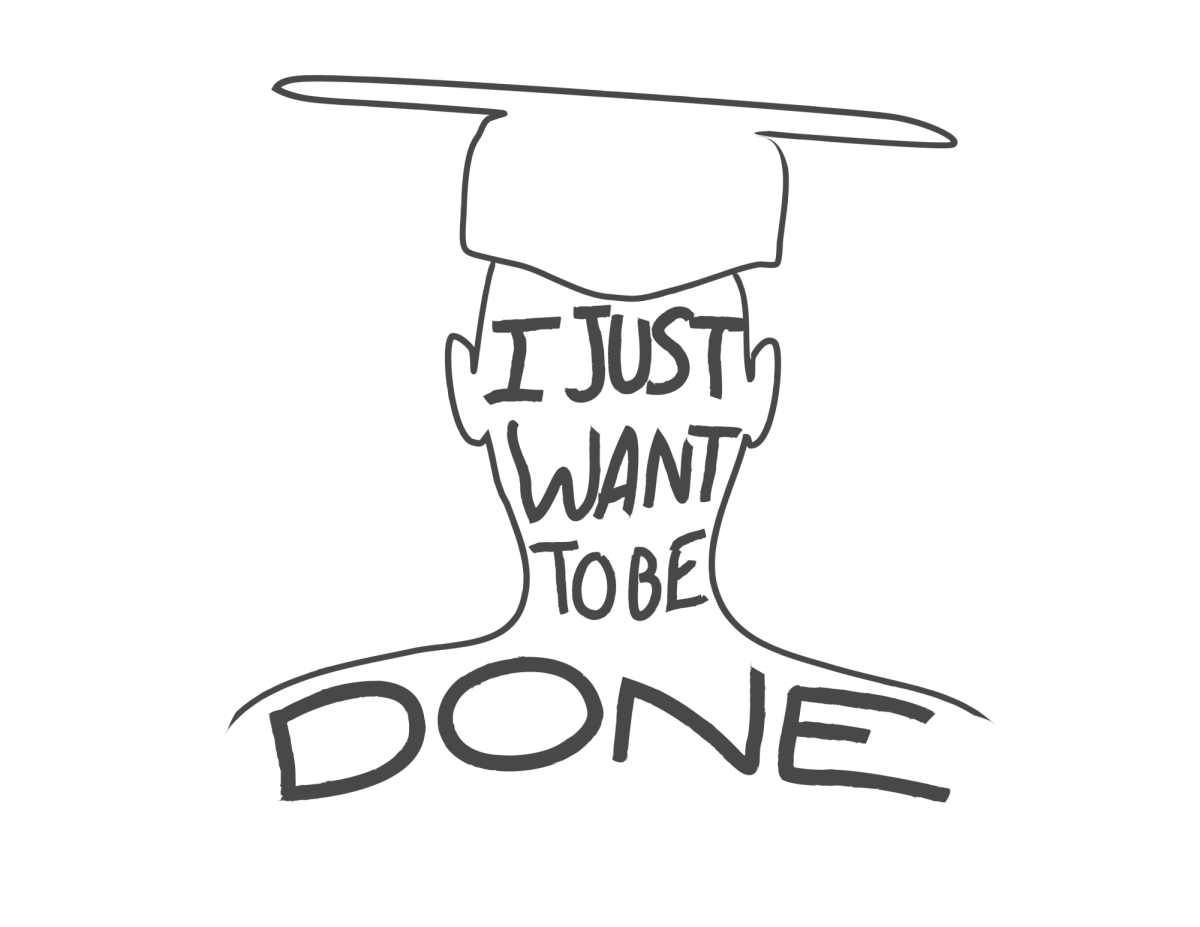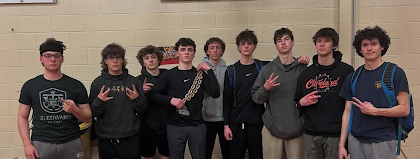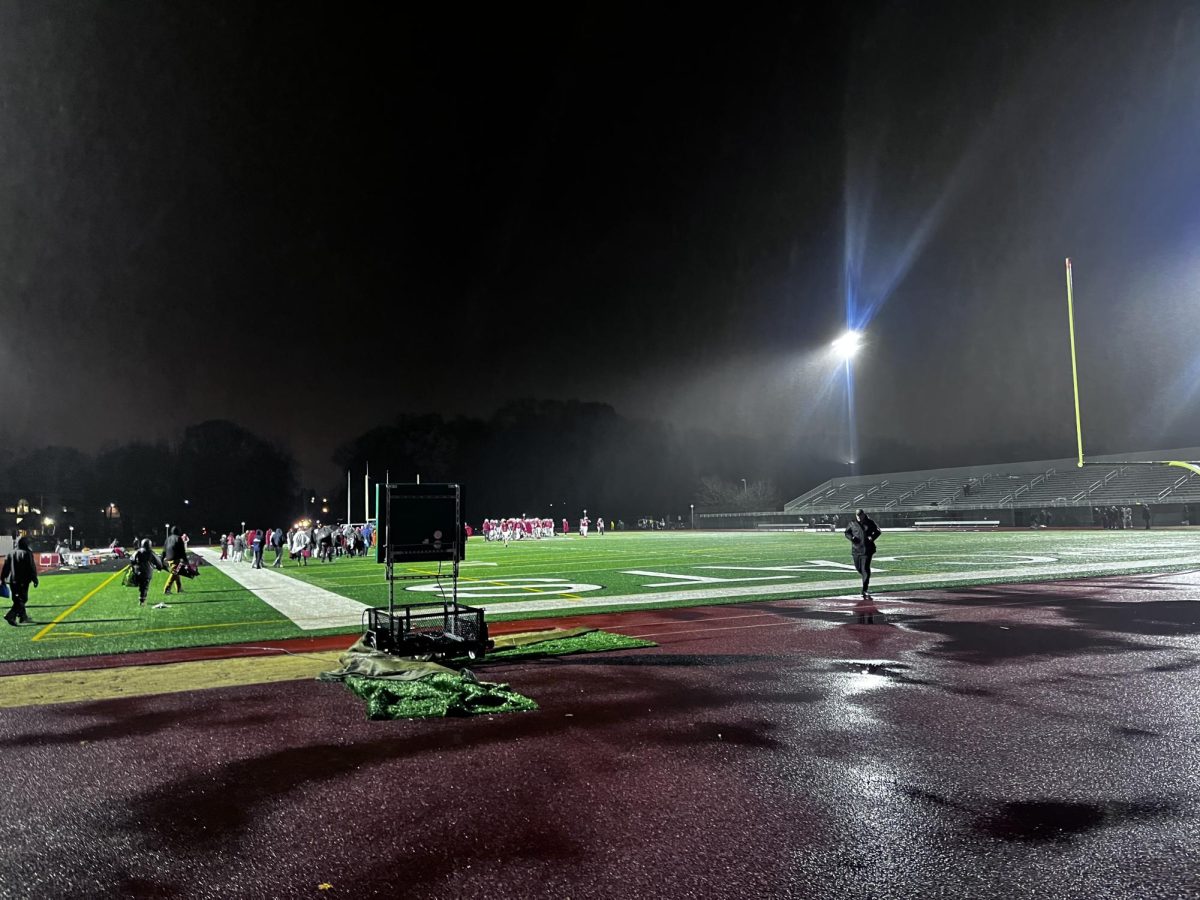
Hassan Sayed ’15
This past weekend, Pope Francis embarked on a three day journey through Israel and Palestine, considered to be one of the greatest points of tension in the Middle East due to decades of conflict between the citizens of each nation. During his trip, he stopped at various important locations to both Palestinians and Israelis.
The Pope began his visit with a direct flight into the town of Bethlehem in the West Bank, considered to be the birthplace of Jesus Christ, and visited many Palestinian Christian churches in the area. However, two of the most controversial moments in his visit came about in the subsequent hours. The first was his referral to the West Bank as “The State of Palestine;” while many countries recognise Palestine as a political state, other nations such as Israel and the United States do not. Subsequently, many Palestinians let out cries in support of the Pope as this gesture was official recognition from the Church that the people belonged to some sort of nation.
The second instance of controversy was the Pontiff’s spontaneous stop at a concrete Israeli-Palestinian separation barrier in Bethlehem. The wall is commonly said to be highly representative of Palestinians’ struggles, with graffiti on the wall stating things such as “Bethlehem is like the Warsaw Ghetto” and “Free Palestine.” In an impromptu moment, Pope Francis put his head against the wall and began a quiet, four minute long prayer, presumably asking for peace for the oppression and conflict surrounding him. Like his statement on Palestine’s state, the motion again stirred up lots of outcries from both Israeli and Palestinian sides.
The Pope also visited many Israeli locations, however, including the tomb of Theodor Herzl, the founder of Zionism, where he laid a wreath of flowers. He also met with Israeli PM Benjamin Netanyahu and President Shimon Peres and visited a holocaust memorial site at Mount Herzl.
The largest outcome of the Pope’s visit was his call to Israeli President Peres and Palestinian Authority leader Mahmoud Abbas to “pray with him” in the Vatican on 6 June, a motion through which he hoped would help him reconcile Palestine and Israel as nations. He also stated in a visit to Al Aqsa Mosque, the third holiest site in Islam, that Christians, Jews, and Muslims should work together to establish world peace.
While the Pope’s first official visit to the Holy Land was motivated by religion, many of his actions and statements were largely political. He is beginning to establish the Catholic Church again as a mediator of international diplomacy as it was countless years before. But will that move towards political orientation really be for the better?
The Pope’s Visit to the Holy Land: Controversy and Progress
May 27, 2014
More to Discover
